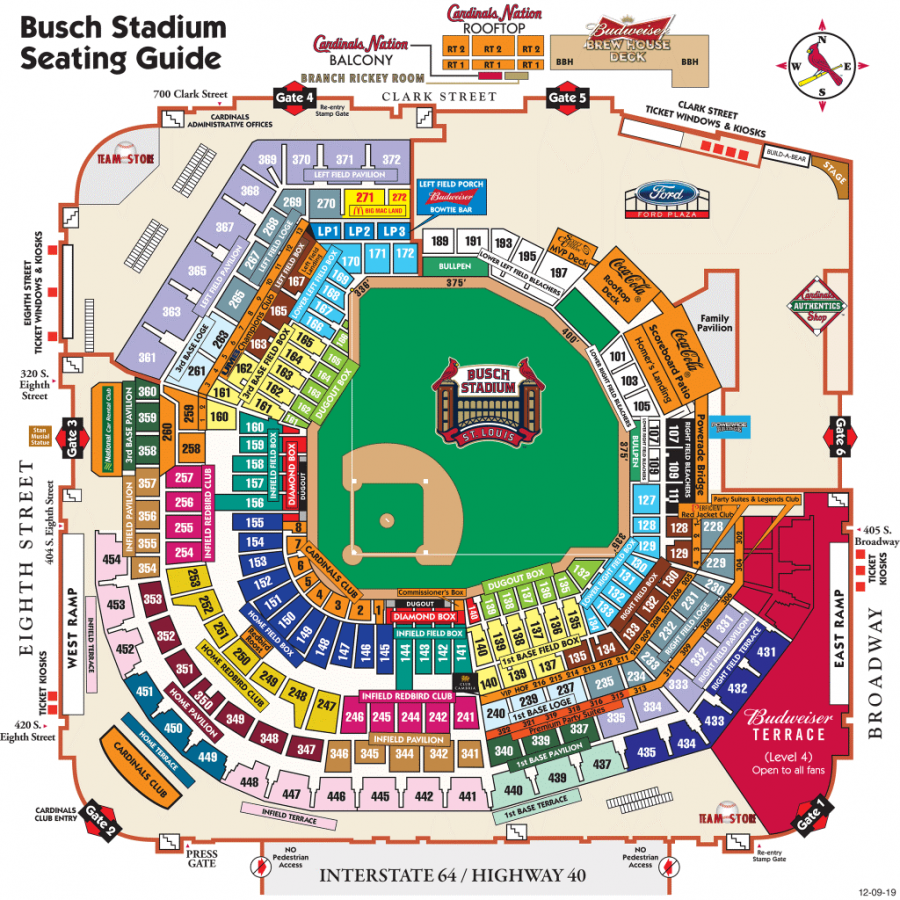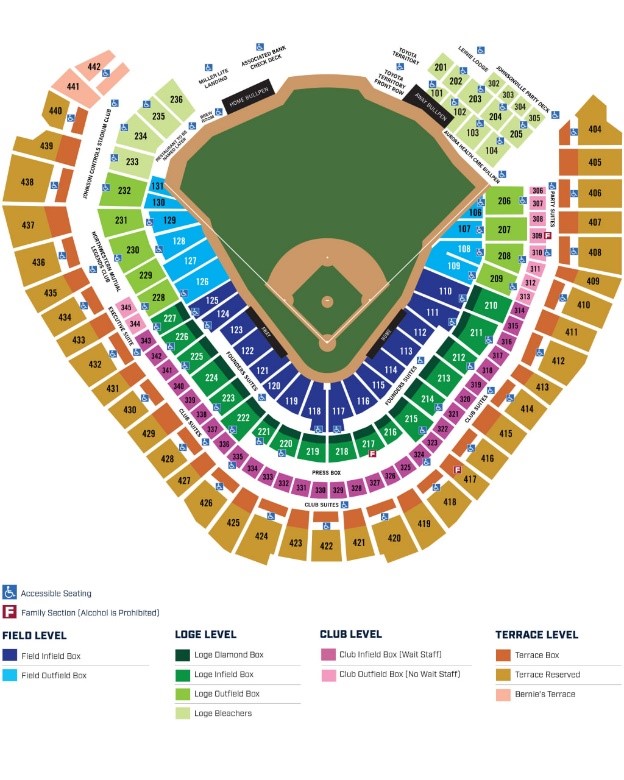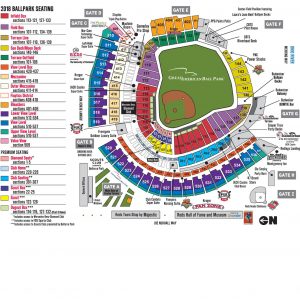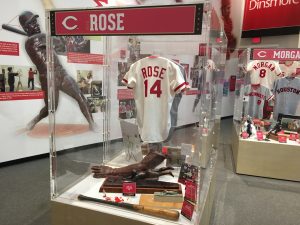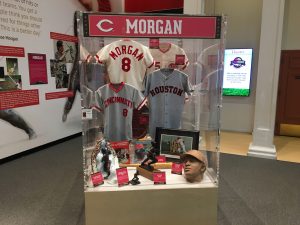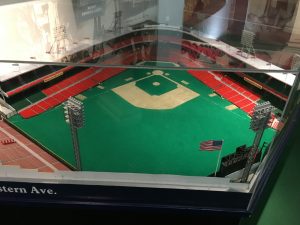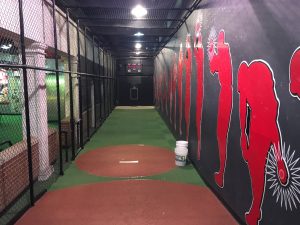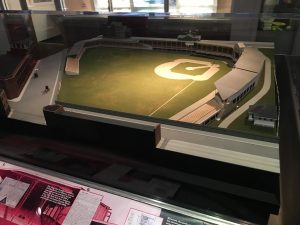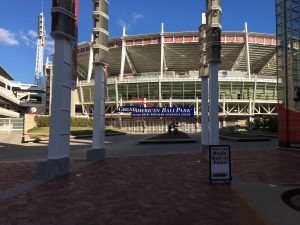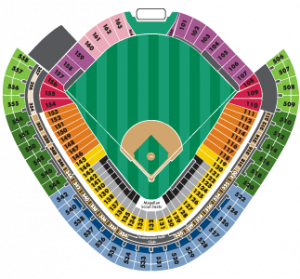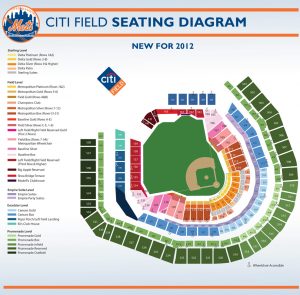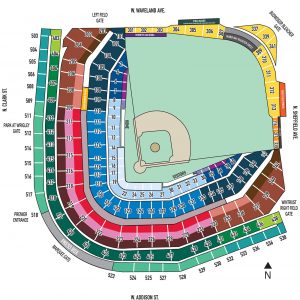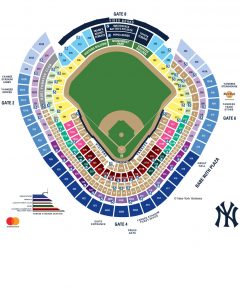Those outside of the retail industry may not be familiar with planogram software. However, retail owners and vendors are no longer the only ones using the 21st century tool. Planogram software is a three-dimensional drawing of a space, or oftentimes a shelf. A brick-and-mortar owner uses the drawing to arrange a retail space. The purpose is to maximize the space that gets used and determine the way that space can best drive-up revenue sales.
Like vendors and retail stores, baseball stadiums are popularizing the use of planogram software. The change in venue type may seem surprising to some. However, there are justifiable reasons why stadiums in the United States benefit from planogram software.
Product Placement and Appearance
An effective planogram software helps display how products should appear in a store. It is also beneficial in illustrating the way that products are best positioned. The same idea is applicable when baseball stadiums use a planogram. Where you allocate space for vendors is important for any sports stadium. The same applies to restroom placement and how close the vendor stands are to restrooms. The crowds in a stadium already make the experience feel cluttered. The purpose of a planogram is to help visitors navigate these crowds. More so, it helps them find exactly what they need with minimal stress or effort.
Directing Foot Traffic
If you know that the most sold stadium item is a hot dog or popcorn, you might consider placing these vendors near the restrooms. These areas are prone to heavy foot traffic. Alternatively, you may consider placing the merchandise shop near the entryway to the stadium. By doing so, it is the first thing to catch a child’s eye. It is also more likely that people of any age will want clothing items before a game begins. Ultimately, planograms take the guesswork out of contractors and managers designing a space. The software introduces sales variables and does the determining for whomever needs it.
The Benefits of Scorpion Planogram Software
Planogram software tools help users to view a baseball stadium the way that a visitor would observe it. Look for tools that have a 3D planogram option. Once you toggle to this setting, you should be able to view any baseball stadium space in a virtual 3D environment. A key element is that the 3D option allows you to walk around fixtures. You can view the stadium fixtures from any angle or height.
You’ll also want to prioritize a user-friendly software interface. If you’re searching for software for your baseball stadium workplace, look for tools that synchronize sales data with the planogram. This allows you to learn just one software tool, streamlining this important process.
